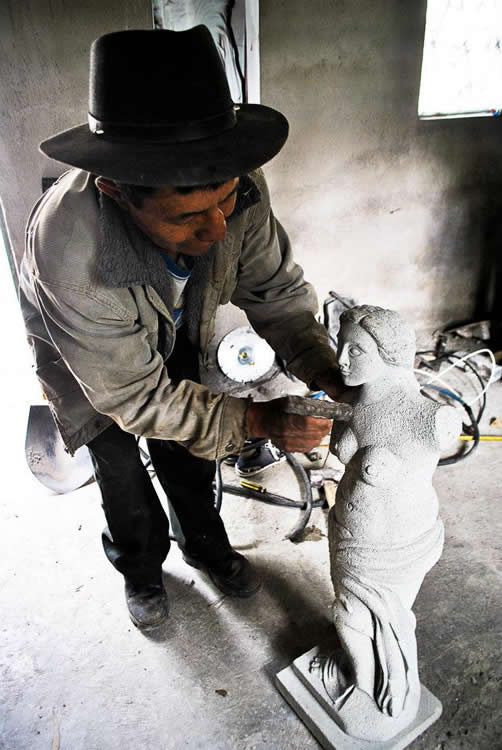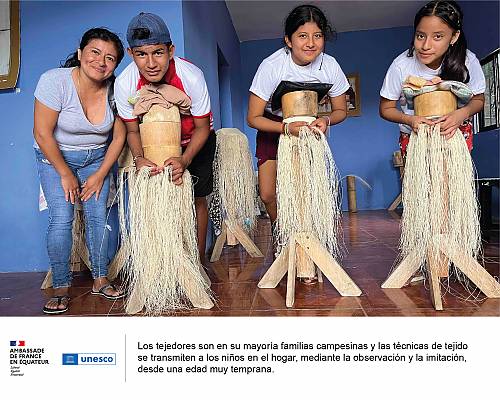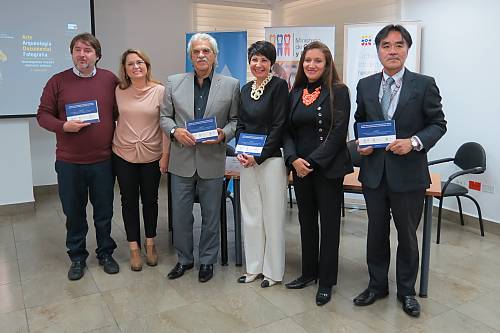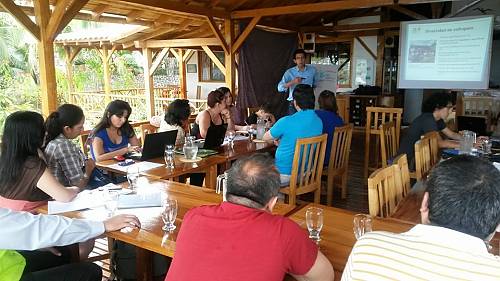Just two months ago, representatives of bearer communities, municipalities, as well as governmental and non-governmental experts gathered in the Ecuadorian province of Manabi with the aim to develop an inventory of intangible heritage.
The inventorying continues in Riobamba, Chimborazo province with a workshop from 24 to 29 August 2015, assembling stonecutters, bearers of oral traditions of the Zapara Culture and the Qhapac Ñan communities, civil servants from several municipalities (Alausí, Chambo, Chunchi, Colta, Cumandá, Guamote, Guano, Pallatanga, Penipe and Riobamba), and representatives of the Ministry of Culture and Heritage and the National Institute of Cultural Heritage (INPC). The core of the workshop focuses on community participation in the identification and definition of intangible cultural heritage, data collection, organization and management as an important step in safeguarding intangible heritage. An inventorying field exercise follows in the populations of Guano and Calpi, focusing on the living heritage of stonecutters and includes the mapping of the quarries in the slopes of Chimborazo.
From 2 to 7 September 2015, the inventorying process will move to the city of Loja, Loja province, where members of Saraguro, Shuar and mestizo communities along with representatives of local governments (Calvas, Catamayo, Chaguarpamba, Gonzanamá, Loja, Olmedo, Paltas, Puyango, Quilanga and Zapotillo) and cultural ministries, will be trained on community-based inventorying in Malacatos community. This will be followed by an inventory exercise where they will register oral traditions and knowledge systems.
Organized by UNESCO and INPC, the workshops are made possible thanks to the generous contribution of the Government of Japan
Project:
-
Strengthening capacities for safeguarding intangible cultural heritage in Ecuador (1 February 2015 – 1 June 2017)




